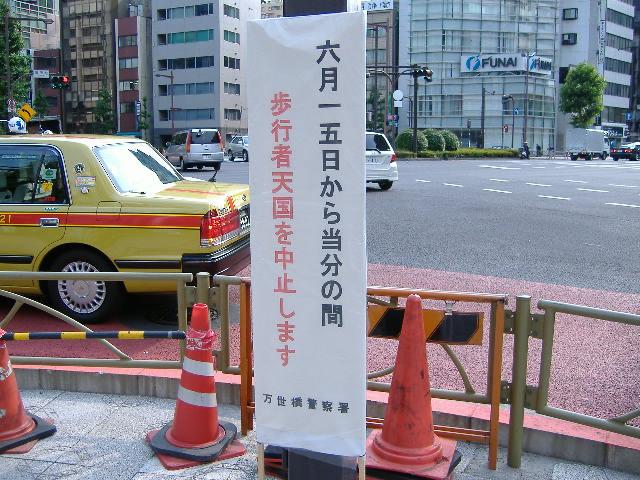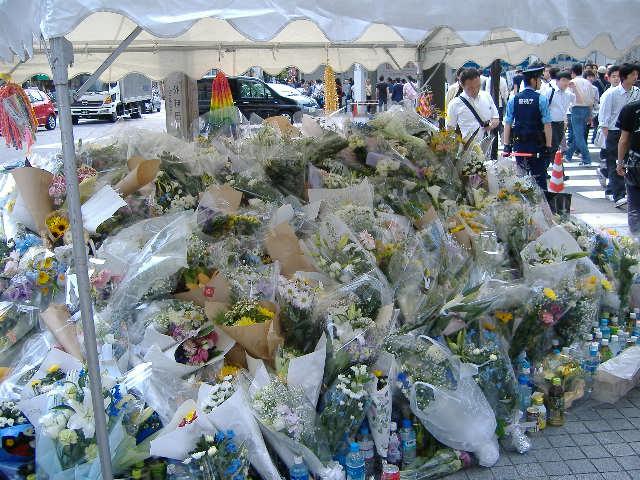
1982 - 2022
Tomohiro Katō
Summary
Name:
Years Active:
2008Birth:
September 28, 1982Status:
ExecutedClass:
Mass MurdererVictims:
7Method:
Vehicle-ramming / StabbingDeath:
July 26, 2022Nationality:
Japan
1982 - 2022
Tomohiro Katō
Summary: Mass Murderer
Name:
Tomohiro KatōStatus:
ExecutedVictims:
7Method:
Vehicle-ramming / StabbingNationality:
JapanBirth:
September 28, 1982Death:
July 26, 2022Years Active:
2008bio
Tomohiro Katō was born on September 28, 1982, in Aomori, Japan. He grew up in a suburban home. His father worked as a top manager at a financial institution. In elementary school, Katō was known for his exceptional grades and was a top athlete in track and field. His success continued as he entered Tsukuda Junior High School, where he became the president of the tennis club.
However, Katō's life began to change when he enrolled in Aomori High School, an elite school. There, his academic performance deteriorated. He fell to a class ranking of 300 out of 360 students and failed the entrance exams for Hokkaido University. As a result, he decided to train as an auto mechanic at Nakanihon Automotive College.
After college, Katō found a job as a temporary worker at an auto parts factory in Shizuoka Prefecture. He faced the uncertainty of job security when he was informed that his position would be cut at the end of June. His relationship with his parents was strained. He often clashed with them and did not return home frequently. Reports suggested that his parents put immense pressure on him and his brother to excel academically. They often forced them to redo their homework to meet high standards. One neighbor recalled an incident where Katō was made to stand outside in the snow for hours as punishment.

In 2006, facing significant debt and feeling abandoned by his family, Katō attempted suicide by crashing his car into a wall. In the days leading up to a tragic event in 2008, he expressed frustrations about his job and made accusations against his coworkers. He felt increasingly isolated and unwanted. These feelings were reflected in online messages he posted shortly before the incident, where he criticized his upbringing and his loneliness.
murder story
On June 8, 2008, Tomohiro Katō drove a rented Isuzu Elf truck into a crowd in Akihabara, Tokyo. At 12:33 PM, he ignored a red light and struck several people. As bystanders gathered to help the injured, Katō exited the truck and began stabbing people with a dagger. Witnesses reported that he stabbed at least 12 people while shouting. The police quickly arrived and pursued him, cornering him in a narrow alley. Two minutes after the first incident, a police officer confronted him, at which point he dropped his knife.
Katō's attack led to a chaotic scene. At least 17 ambulances were dispatched as people tried to assist the victims. Initially, five victims died at the scene, and by the end of the day, the death toll rose to seven. Three individuals were killed by the truck, while the other four succumbed to stab wounds. The fatalities included six men and one woman. The rampage lasted only a few minutes but resulted in numerous injuries and a significant loss of life.

Katō was arrested shortly after the attack. On June 10, he was sent to the Tokyo District Prosecutor's Office for charges of attempted murder. On June 20, he was re-arrested on suspicion of murder for the seven victims. During this period, authorities reviewed his mental state, as they believed he may have needed a psychiatric evaluation.
Katō had erased all communication records from his mobile phone before the attacks to keep people from being annoyed by him. He had also left threatening online messages, indicating his intent to carry out the attack. In the days leading up to the incident, he had purchased his weapons from a military supply store and spent considerable time practicing stabbing motions.

Following the attack, a public memorial was established for the victims. The event shook public confidence in Japan's safety and prompted discussions about knife regulations and public safety measures. Many changes occurred, including a suspension of pedestrian-only traffic in Akihabara. Katō's actions were also described in media reports as a reflection of societal issues among Japan's youth.
In March 2011, Katō was sentenced to death. His appeal was rejected in September 2012. He expressed remorse for the killings, acknowledging his role in the incident but claimed to have no memory of certain parts. The Supreme Court of Japan upheld his sentence in 2015. Katō remained on death row until he was executed by hanging on July 26, 2022.